Imagine plunging beneath the ocean’s surface to find a world once bursting with color, now faded and silent. Coral reefs—those vibrant underwater cities—are vanishing before our eyes, battered by rising temperatures, pollution, and relentless storms. But what if hope arrived not in the form of divers or scientists, but sleek, tireless underwater robots? Today, technology is rewriting the story of coral’s survival, pushing the boundaries of what’s possible in conservation. This isn’t science fiction; it’s the awe-inspiring reality of robotic coral restoration, where machines and humans join forces to heal the heart of our blue planet. Let’s journey into this remarkable frontier that feels almost magical, yet is grounded in cutting-edge science.
The Silent Crisis: Why Coral Reefs Matter
Coral reefs are more than just pretty scenery beneath the waves. They’re the rainforests of the sea, sheltering a quarter of all marine life despite covering less than 1% of the ocean floor. Imagine losing cities like New York, London, and Tokyo all at once—that’s what happens when reefs die. These ecosystems protect coastlines from storms, support millions of people’s livelihoods, and even help develop life-saving medicines. When reefs fade, the ripple effect is devastating. We’re not just losing beauty; we’re losing a lifeline for people and nature alike. This sense of urgency is what drives the search for high-tech solutions.
What’s Killing Our Coral?
The culprits behind coral decline are both familiar and frightening. Rising ocean temperatures trigger mass bleaching events—when corals spit out the colorful algae they need to survive, turning ghostly white. Pollution from land, like agricultural runoff and sewage, smothers reefs and encourages harmful algae to take over. Overfishing disrupts the delicate balance of reef ecosystems, while physical destruction from anchors and careless tourism adds insult to injury. Climate change acts like a relentless heat lamp, pushing corals to their limits. It’s a perfect storm that demands bold action.
Traditional Restoration: Why It’s Not Enough

For decades, passionate divers and scientists have tried to nurse reefs back to health by hand. They collect healthy coral fragments, grow them in underwater nurseries, and then painstakingly replant them. While inspiring, this process is slow and labor-intensive—think of planting one tiny seed at a time in a massive desert. With reefs dying faster than we can restore them, it’s clear that traditional methods can’t keep pace. This frustration has sparked a wave of innovation, leading scientists to ask: Can machines help us do more, faster?
Enter the Coral Robots: A Revolution Begins
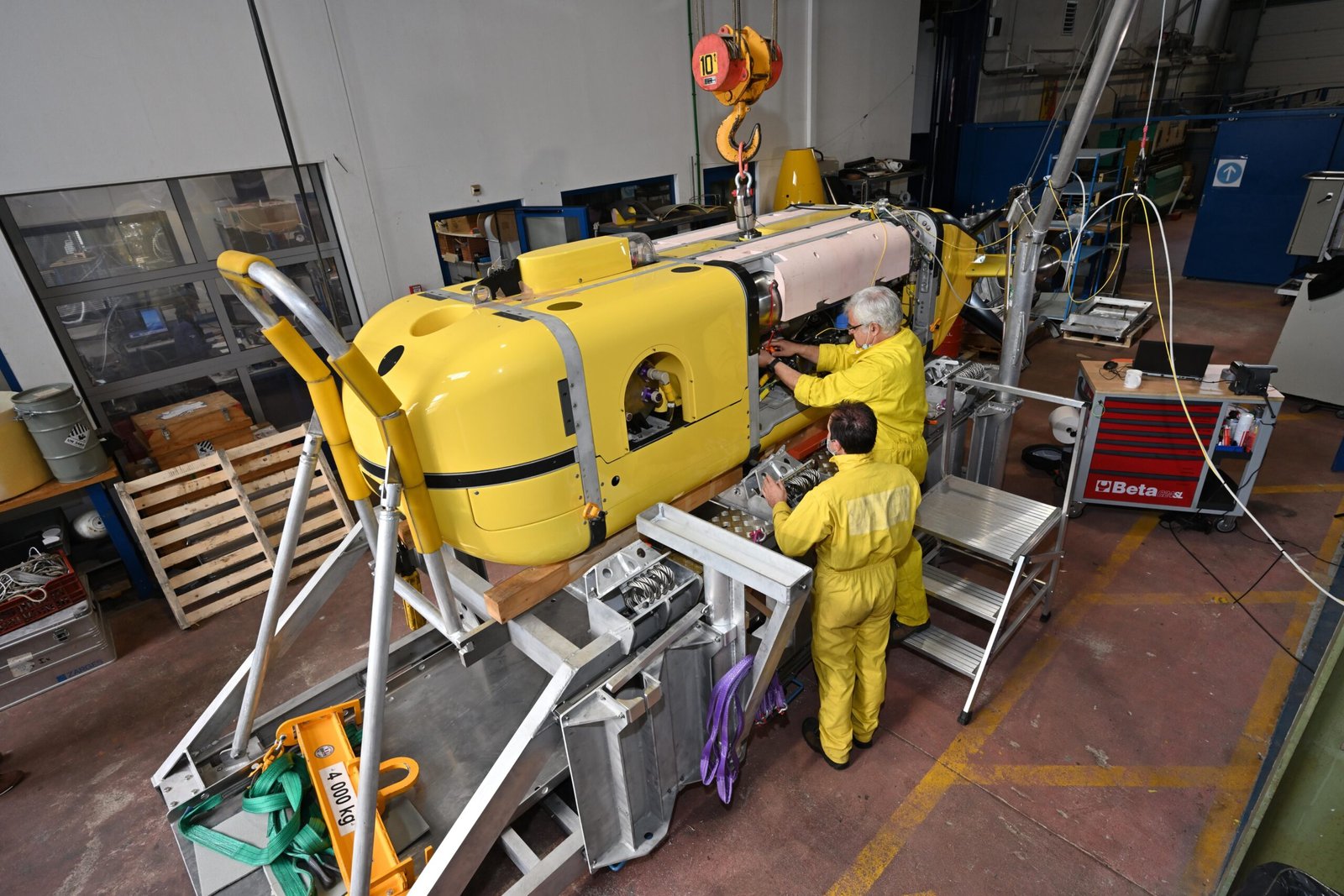
The concept of using robots to restore reefs might sound like something from a futuristic movie, but it’s already happening. These underwater machines are designed to work tirelessly, performing tasks that would exhaust a human diver in hours. Some glide along the reef, identifying healthy and damaged corals with advanced cameras. Others gently plant baby corals with robotic arms, never needing to surface for air. By scaling up restoration efforts, robots offer a glimmer of hope for reefs on the brink.
How Do Coral Restoration Robots Work?
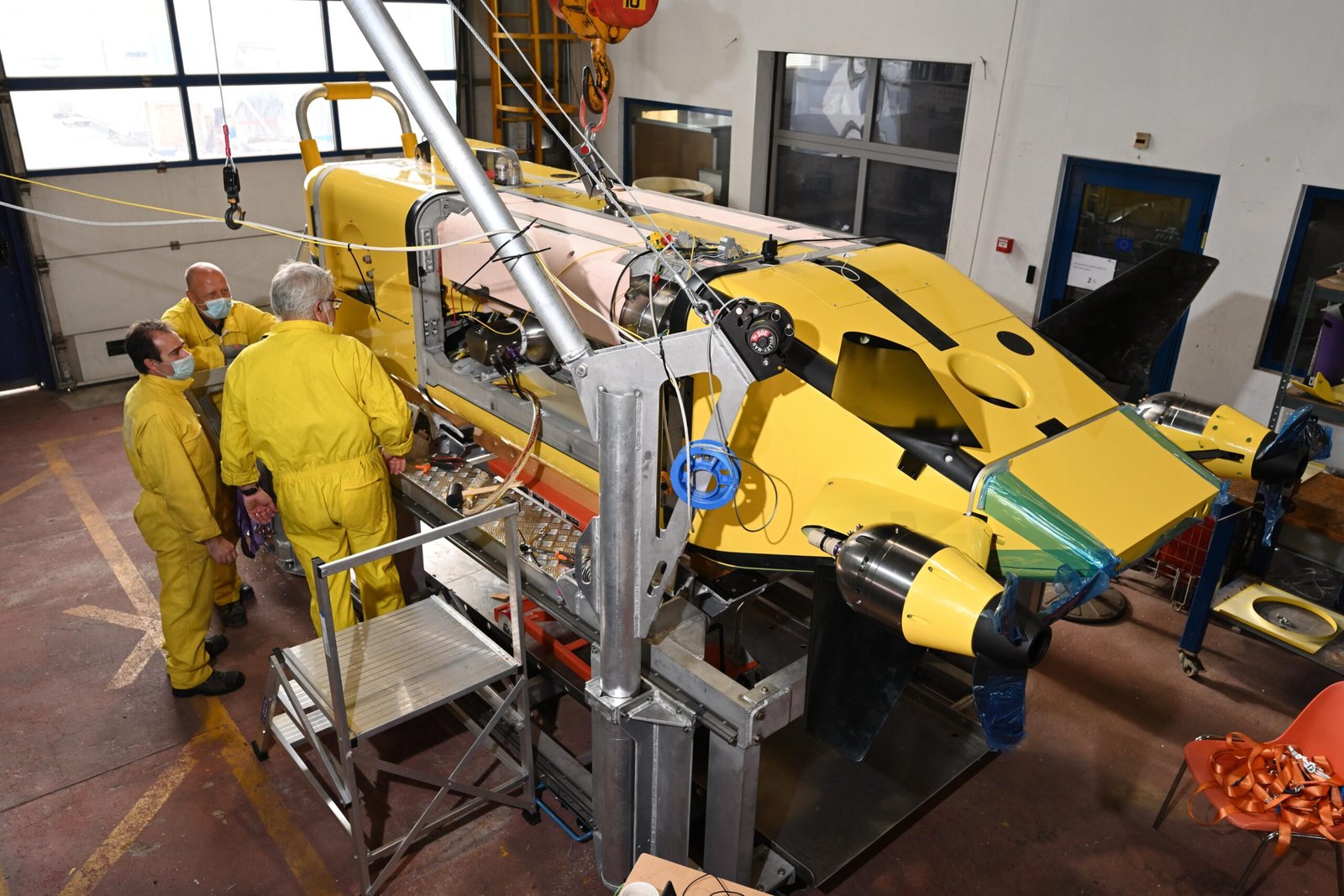
At the heart of these machines are sophisticated technologies that mimic human touch and intelligence. Many use computer vision—like eyes for a robot—to spot the perfect place to plant coral fragments. Sensors measure water temperature, depth, and even the health of nearby corals, allowing robots to make smart decisions in real time. Some models use soft, flexible grippers inspired by octopus arms, handling delicate coral pieces without breaking them. The result is a level of efficiency and precision that’s hard for humans to match.
3D Printing: Building Coral From Scratch
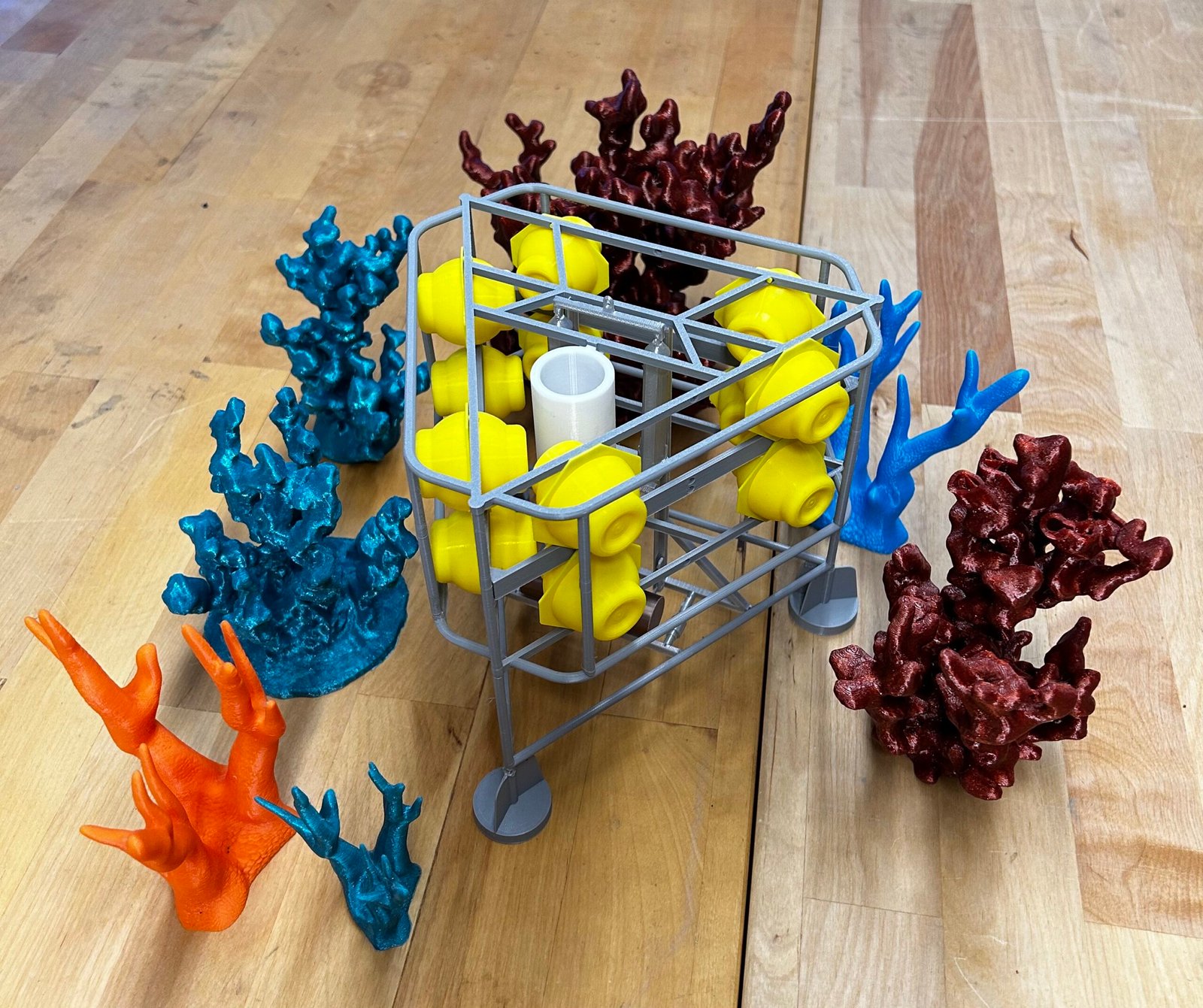
One of the most mind-blowing breakthroughs is the use of 3D printing to create artificial reef structures. Scientists design molds that mimic the complex shapes of real coral, then print them using environmentally friendly materials like sand or calcium carbonate. Robots or divers then deploy these structures onto damaged reefs, providing a home for coral larvae to settle and grow. It’s like building a new neighborhood for reef life, brick by brick, but underwater.
The Rise of “LarvalBots”
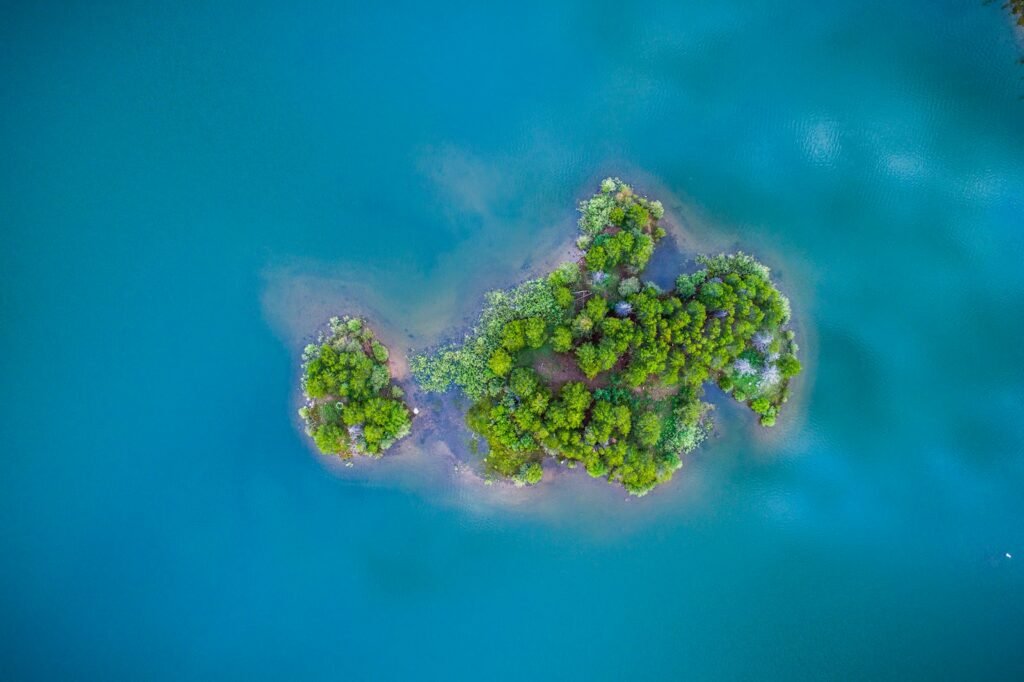
A standout example in this field is the “LarvalBot.” This underwater drone is programmed to release millions of coral larvae onto damaged reefs during spawning season. Piloted remotely, LarvalBots can cover much larger areas than divers could ever hope to. As these tiny coral babies settle and grow, they form the building blocks of new reefs. The technology is still being perfected, but early results are promising—some reefs have shown signs of life just months after treatment.
Artificial Intelligence: Smarter, Faster, and More Accurate

Artificial intelligence (AI) is the real brain behind many robotic restoration tools. AI algorithms analyze thousands of images to differentiate between healthy coral, dead zones, and invasive species. Some robots use machine learning to improve their planting technique over time, getting better with every dive. This means restoration efforts can adapt on the fly, targeting the areas that need help the most. It’s as if these machines are learning to become underwater gardeners, tending to the reefs with increasing skill.
Underwater Drones: Eyes and Hands in the Deep

Drones aren’t just for the skies. Underwater versions, known as remotely operated vehicles (ROVs), are now essential for coral work. Equipped with high-resolution cameras and robotic arms, they can survey reefs, collect data, and even perform delicate restoration tasks. These drones can operate at depths and for durations that would be dangerous for humans. By expanding our reach, they allow scientists to monitor and repair reefs in remote or challenging locations.
Swarm Robotics: Many Robots, One Mission
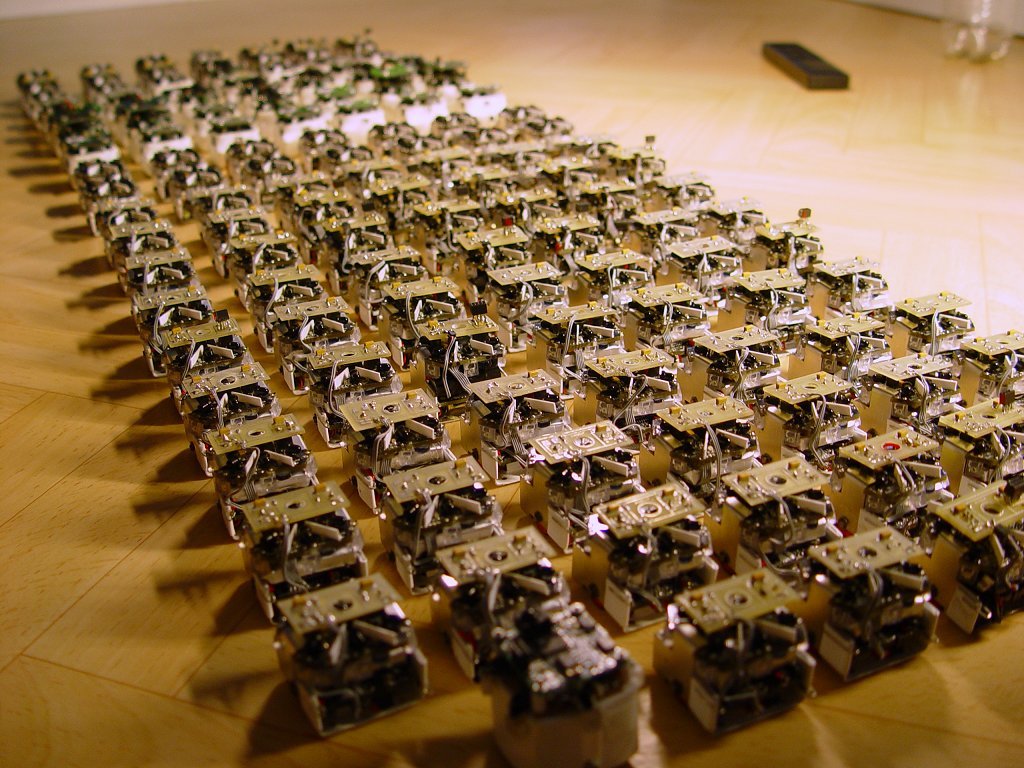
A single robot is impressive, but swarms of them working together are game-changing. Inspired by schools of fish or colonies of ants, swarm robotics involves many simple robots communicating and collaborating to tackle big jobs. On a reef, swarms can plant coral fragments, clean away algae, or even monitor environmental conditions all at once. This cooperative approach can multiply restoration speed and effectiveness, showing the power of teamwork—even among machines.
Remote Sensing and Mapping: The Blueprint for Success
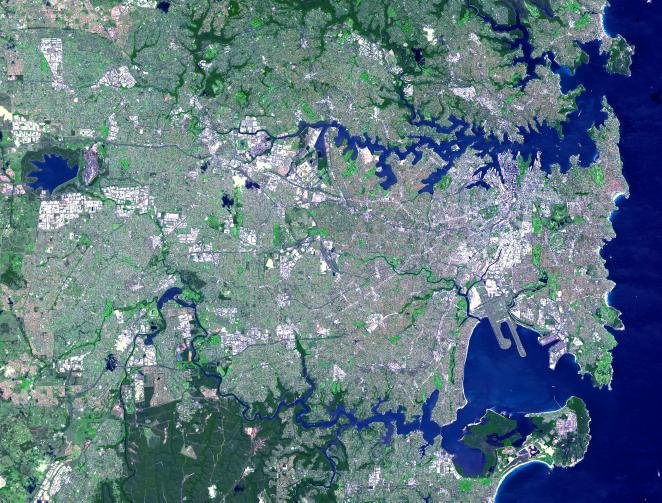
Before robots can restore a reef, they need a detailed map of the damage. That’s where remote sensing comes in. Satellites, drones, and underwater vehicles collect mountains of data, creating 3D maps of reef structures and health. These digital blueprints guide robots to the spots that need the most urgent attention. Mapping also helps scientists track the recovery process, tweaking strategies as conditions change.
Bio-Inspired Robotics: Learning From Nature
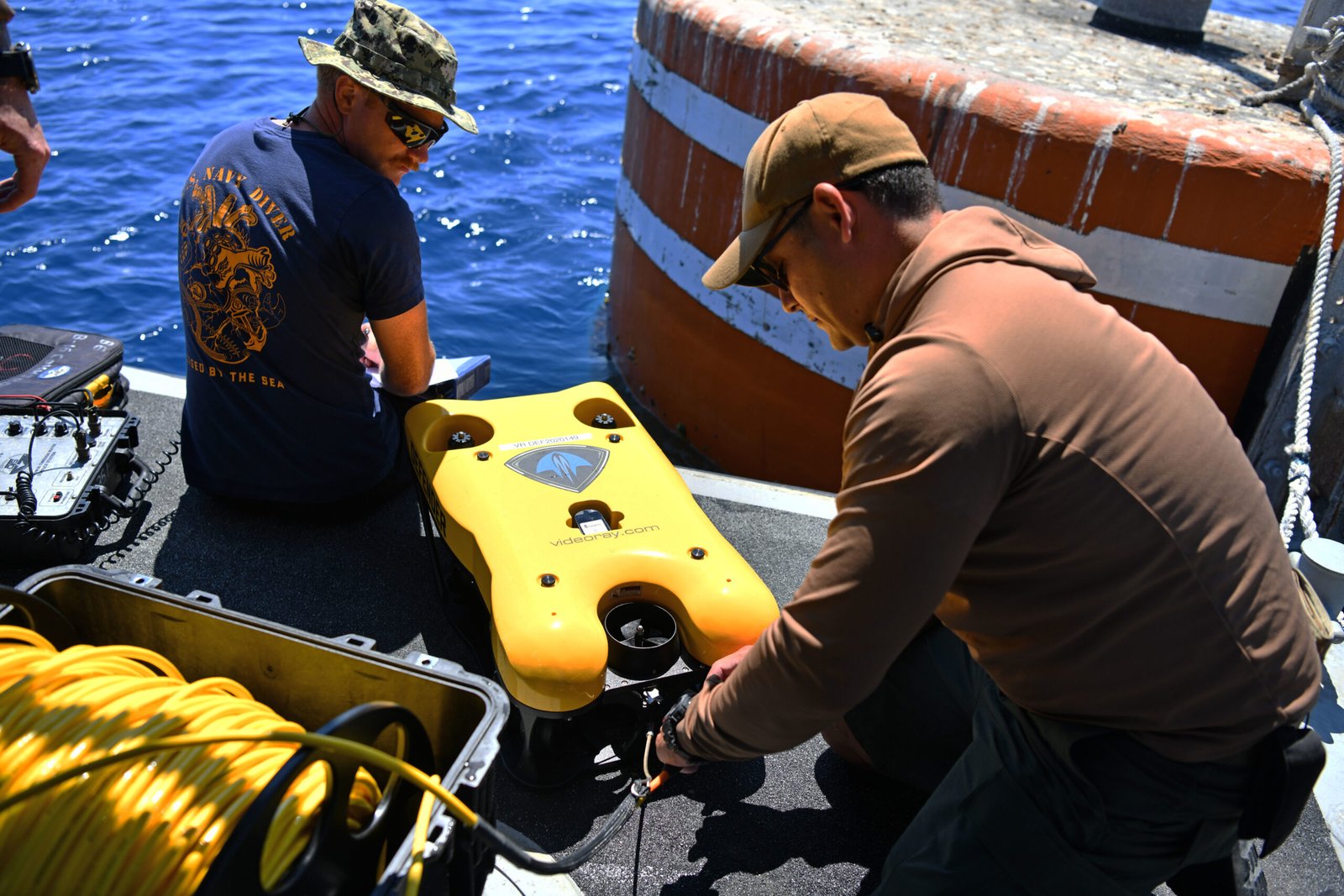
Some of the most successful robots take their cues from creatures that already thrive on the reef. Engineers study the way octopuses grip, the way fish swim, and even how corals grow to design machines perfectly suited to underwater work. This approach, called biomimicry, leads to robots that are flexible, energy-efficient, and gentle with fragile organisms. It’s a beautiful example of science learning from nature to save itself.
Challenges and Limitations of Robotic Restoration
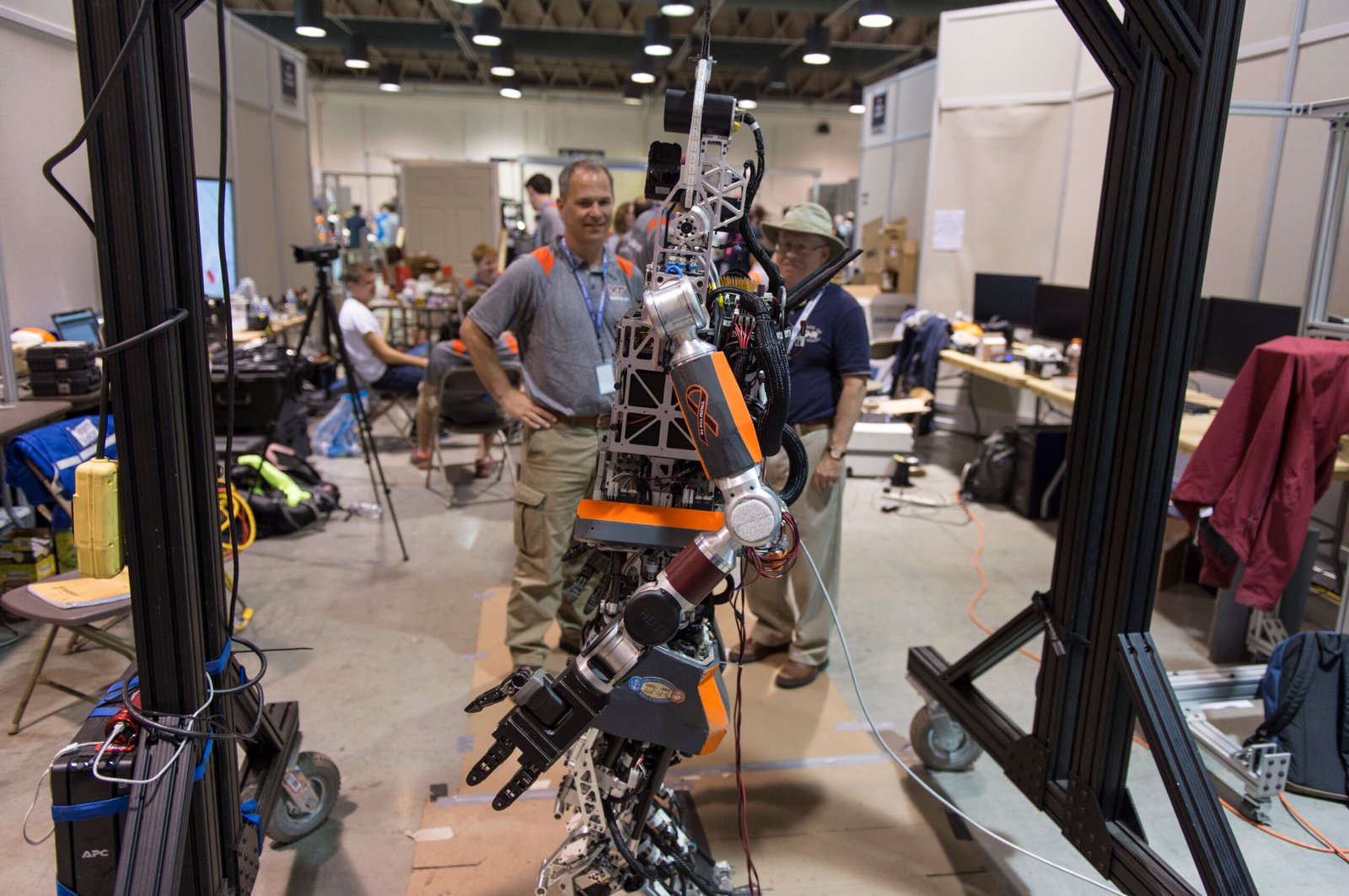
Despite their promise, robots aren’t a silver bullet. Ocean environments are harsh—currents, storms, and biofouling (when marine life clings to machines) can all cause malfunctions. Building robots that can operate for long periods without maintenance is a real challenge. There’s also the risk of robots accidentally damaging delicate habitats if not properly controlled. Engineers and marine biologists are working together to solve these problems, but it’s clear that human oversight remains essential.
Human-Robot Collaboration: The Real Dream Team
Robots can do a lot, but they’re not replacing humans any time soon. Instead, the future lies in collaboration. Divers and scientists provide the expertise, creativity, and intuition that machines lack. Robots take care of the repetitive, physically demanding tasks, freeing up people to focus on strategy and innovation. This partnership boosts both speed and quality, making reef restoration more effective than ever.
The Role of Citizen Science and Public Engagement
One of the most inspiring aspects of this movement is how it invites ordinary people to get involved. Citizen science projects encourage divers and snorkelers to collect data, monitor reefs, and even help deploy robotic tools. Educational programs use virtual reality and interactive apps to bring the magic of coral restoration to classrooms and living rooms worldwide. When people feel connected, they’re more likely to support conservation efforts—and every bit of awareness helps.
Scaling Up: From Pilot Projects to Global Impact
Many breakthroughs in coral robotics started as small-scale experiments. Now, the challenge is to take these successes and replicate them around the world. This means building more robots, training new teams, and sharing knowledge between countries. Collaboration across borders is key, as coral reefs don’t follow political lines. The dream is a global network of restoration hubs, each powered by the smartest technology available.
Funding and Policy: Fueling the Restoration Revolution
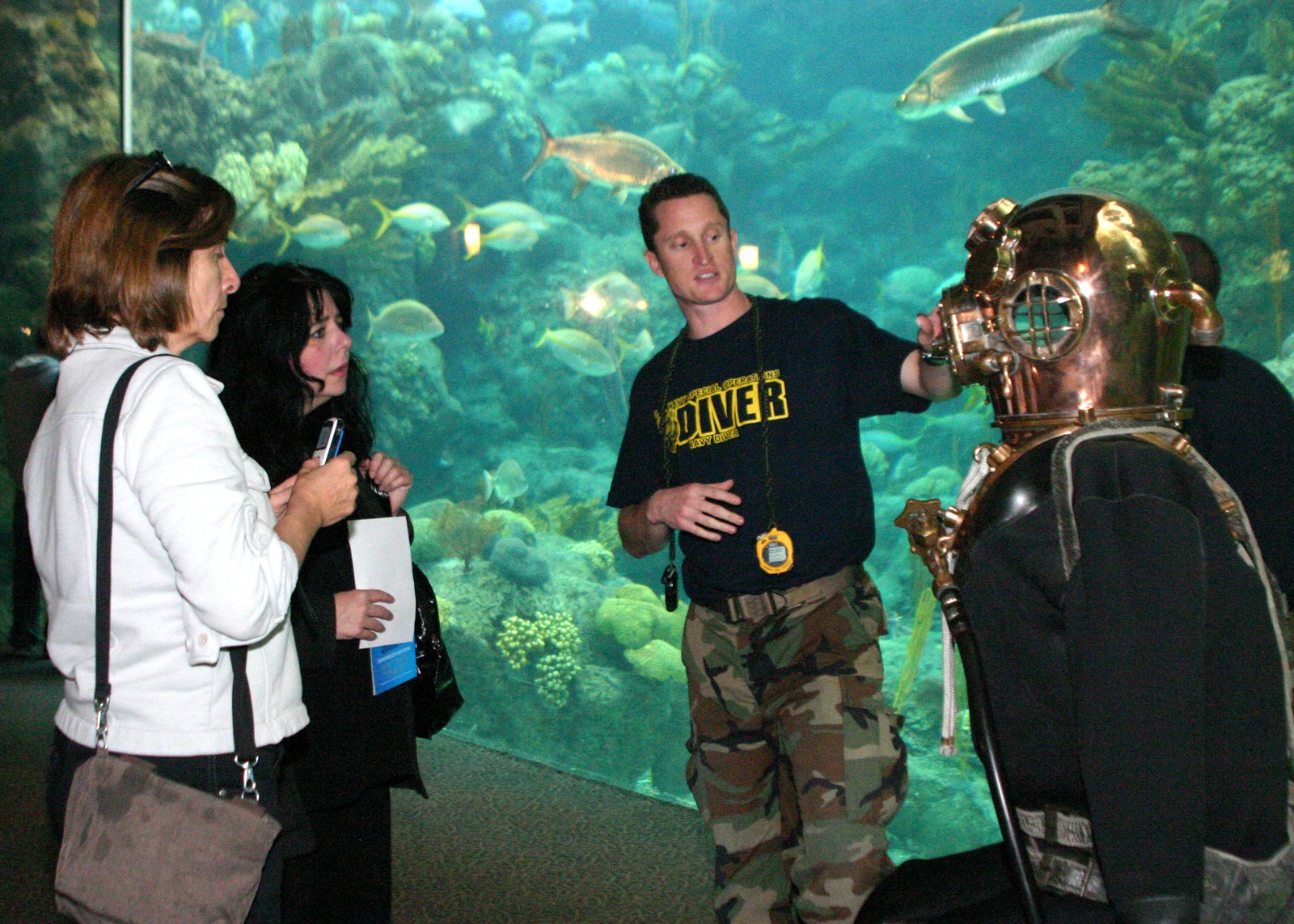
None of this innovation comes cheap. Developing, building, and deploying robots takes serious investment. Governments, non-profits, and private companies are beginning to realize the economic and ecological value of healthy reefs. New policies encourage sustainable tourism, reward conservation, and fund research. By making reef restoration a global priority, we can ensure that technology keeps advancing—and that reefs get the help they urgently need.
Looking Forward: What’s Next for Robotic Reef Recovery?
The field of robotic coral restoration is evolving at lightning speed. Scientists are experimenting with even more advanced AI, biodegradable robots, and self-healing materials. There’s talk of “reef drones” that could patrol vast ocean areas, planting corals wherever they find damage. As technology improves, so does the hope for large-scale, long-term reef recovery. The ultimate goal? To not just stop the decline, but to reverse it—bringing dead reefs back to life and ensuring their survival for future generations.
A Call to Action: The Ocean Needs Us All
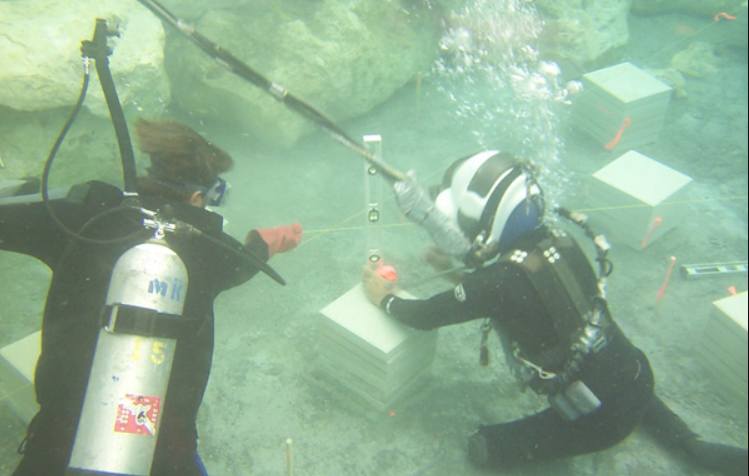
Coral robots represent a thrilling new chapter in conservation, but they’re not a substitute for protecting reefs in the first place. Reducing carbon emissions, controlling pollution, and supporting sustainable fishing are still essential. The real magic happens when human ingenuity, technology, and love for the ocean come together. Whether you’re a scientist, a diver, or someone who just loves watching ocean documentaries, your voice matters. The fight for coral is a fight for our own future, and everyone has a part to play. So, next time you see a robot on the reef, remember—it’s not just a machine; it’s a symbol of hope.




